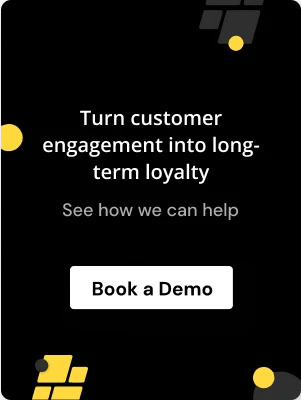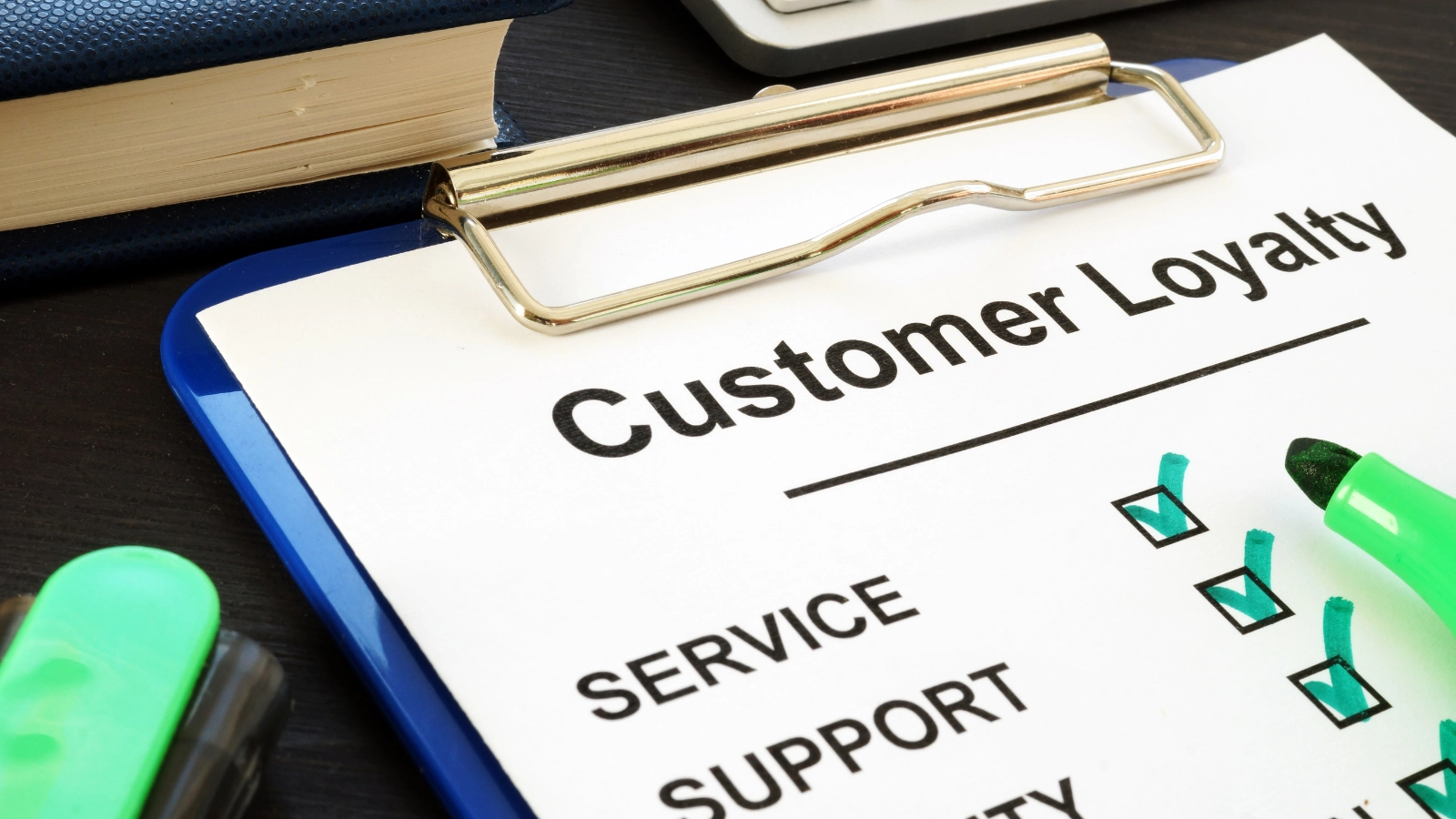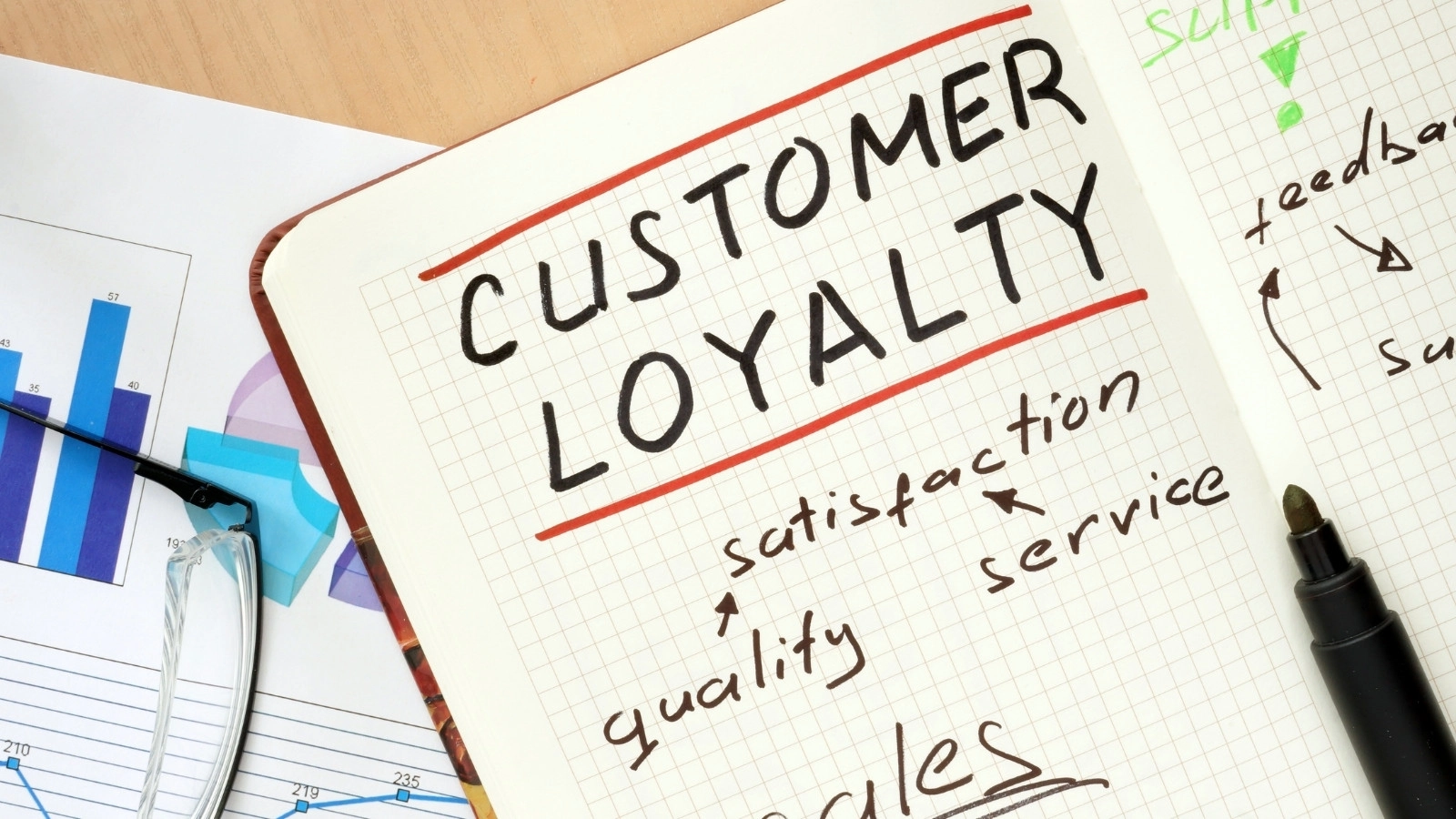.avif)
.avif)
In 2025, loyalty programs are essential tools for building long-term customer relationships and boosting repeat sales. For Shopify store owners, a well-designed program can significantly increase customer retention and lifetime value.
In fact, studies show that increasing customer retention by just 5% can boost profits by 25–95%.
With rising acquisition costs and greater competition across e-commerce, loyalty programs are becoming a strategic must-have. In this article, we’ll explore standout examples, key benefits, and how you can build a high-performing loyalty program for your Shopify store in 2025.
What Are Loyalty Programs?
Loyalty programs are structured marketing strategies designed to reward customers for their repeat business and brand engagement. They encourage shoppers to return by offering incentives like points, discounts, freebies, exclusive access, or other perks in exchange for purchases or actions like referrals and reviews.
For Shopify brands, loyalty programs not only boost customer retention but also increase customer lifetime value (CLTV). When done right, they’re a win-win scenario, giving more value to customers and bringing more growth for your business.
Why Loyalty Programs Work
Loyalty programs tap into basic human psychology: we’re wired to return to brands that make us feel valued. When customers earn rewards for their purchases or engagement, it creates a positive feedback loop, turning occasional buyers into loyal followers.
This sense of progress, especially in tiered programs, fuels motivation and emotional investment. A 2025 report found that nearly 70% of brands experienced higher customer engagement due to loyalty initiatives, and 58% saw an increase in repeat purchases.
What makes a loyalty program successful is personalization, as it reportedly makes customers 60% more likely to become repeat buyers. Plus, seamless integration with your Shopify store, a mobile-first design, and experiential perks make the program feel like a natural part of your brand.
Choosing the Right Program Type
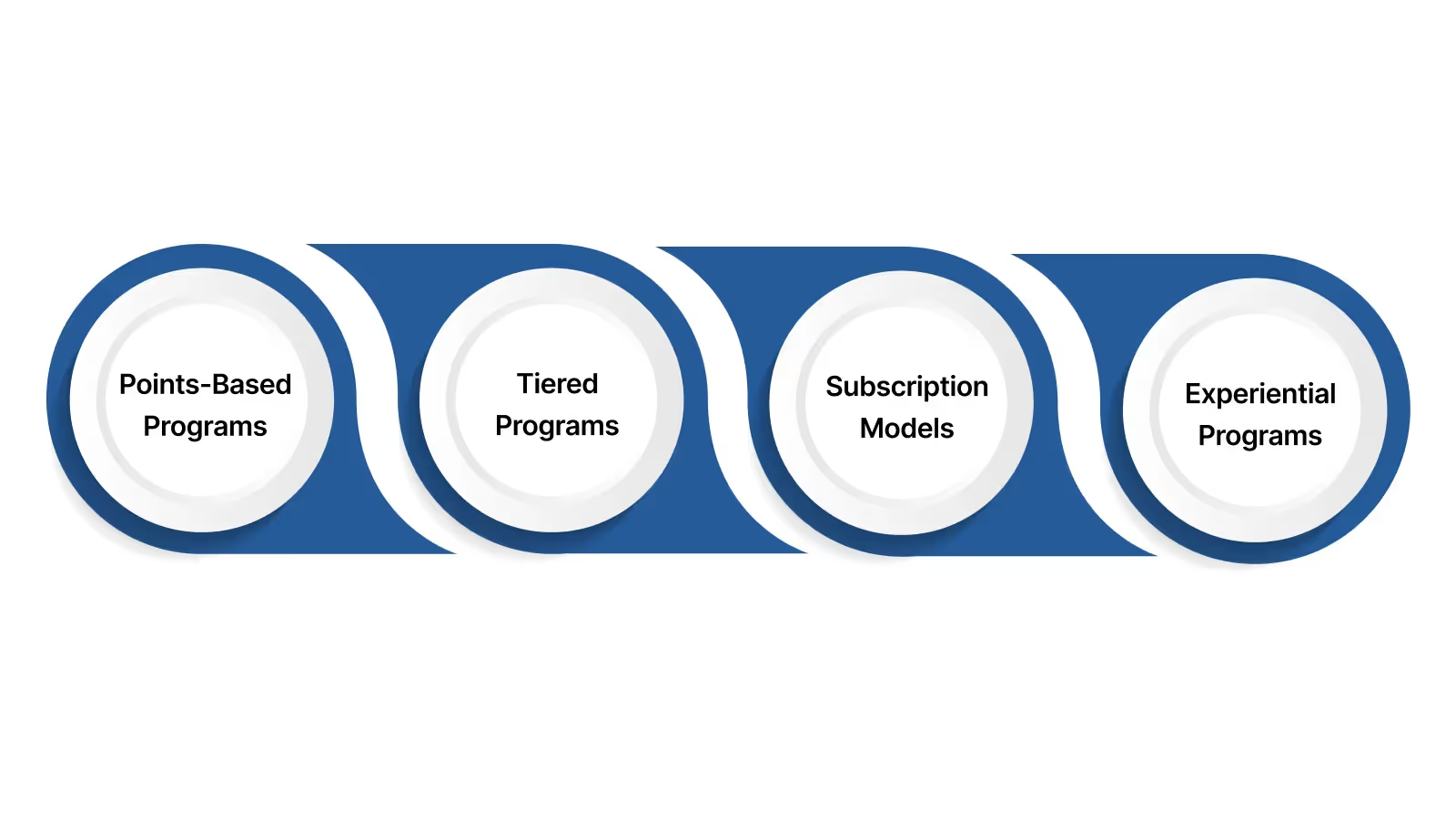
The best loyalty programs align with your brand and customer behavior. Broadly, these can be classified into four types:
Points-Based Programs
- Best for: Fast-moving items like beauty, food, or accessories
- Pros: Easy to understand and implement
- Cons: Can feel transactional if not personalized
- Best for: Fashion, luxury, and wellness brands
- Pros: Motivates long-term loyalty and bigger purchases
- Cons: Requires clear communication and more setup
Subscription Models
- Best for: Replenishable products, exclusive access brands
- Pros: Predictable revenue, strong customer retention
- Cons: Customers may hesitate if the value isn't obvious upfront
Experiential Programs
- Best for: Lifestyle, digital goods, and niche communities
- Pros: Builds emotional loyalty through VIP access, early drops
- Cons: Higher effort to deliver memorable experiences
A structure that works for your business can boost engagement while also feeling natural to your customers’ buying journey.
To see this in action, let’s take a look at how top brands are turning loyalty strategies into real, measurable success.
Also read: Why Loyalty Programs Are Key to Scaling Your Shopify DTC Store in 2025
10 Impactful Loyalty Program Examples
Loyalty programs come in all shapes, but the most impactful ones share a common thread: they’re built around the customer experience. Below are 10 standout examples that demonstrate how thoughtful design can turn occasional shoppers into lifelong fans.
1. Starbucks Rewards
Starbucks Rewards is a points-based loyalty program where customers earn “Stars” on every purchase, redeemable for free drinks, food, and merchandise via the Starbucks app. With strong personalization, gamified “Double Star Days,” and flexible redemption tiers, the app creates a habit-forming, engaging experience.
Key Takeaways:
- Mobile-first design: Integrate loyalty into your store’s app or mobile site.
- Gamification & personalization: Offer tailored bonus point challenges.
- Flexible rewards: Let shoppers redeem points on a range of items to fit their needs.
2. Sephora Beauty Insider
Sephora Beauty Insider is a tiered loyalty program with three levels: Insider, VIB, and Rouge. Customers earn points (1–1.5 per $1 spent), redeemable for discounts, deluxe samples, and exclusive experiences like makeovers and events.
The program scales rewards with spending, offers birthday gifts, has seasonal saving events, early availability to launches, and access to experiential perks.
Key Takeaways:
- Utilizes tiered rewards to encourage higher spending
- Offers exclusive perks or events to deepen engagement
- Includes personalization like birthday gifts and early-access promos to enhance loyalty reactions.
3. Amazon Prime
Amazon Prime is the most well-known example of a subscription-based loyalty program. As you may be familiar, it offers same-day, free shipping, exclusive access to deals (like Prime Day), and bundled digital content such as Prime Video, Prime Music, Prime Reading, Prime Gaming, and more.
The sheer breadth of benefits, across shopping, entertainment, groceries, and digital services, creates an alluring ecosystem that keeps members returning time and again.
Key Takeaways
- Bundle value: Combine perks like shipping, content access, and exclusive deals.
- High-perceived ROI: Even modest subscriptions feel worthwhile thanks to diversified benefits.
- Annual cadence tie-ins: Use events like “Prime Day”–style sales to drive loyalty spikes.
4. Nike Plus
Nike Plus is a free loyalty program offering members early access to limited‑edition drops, exclusive gear, and entry to “Member Product” collections. It also integrates with Nike’s ecosystem, including Nike App, SNKRS, Nike Run Club, and Training Club, as well as perks like receipt-free returns and free shipping on orders over $50.
Rather than points, Nike focuses on lifestyle value, personalized training sessions, app-driven challenges, community events, and rewards tied to app usage, such as free Apple Music or ClassPass access.
Key Takeaways:
- Built a brand ecosystem: integrate loyalty with fitness, content, or community apps.
- Offers experiential perks over mere discounts.
- Uses data from app interactions to deliver personalized rewards and deepen engagement.
5. The North Face XPLR Pass
XPLR Pass is The North Face’s free loyalty program that rewards members with 1 point per $1 spent. Benefits include birthday perks, early access to gear, and invites to exclusive product field testing and local adventure events.
The program aligns tightly with the brand’s outdoor ethos, offering not just discounts but real-world experiences that resonate with its adventurous audience.
Key Takeaways
- Aligns loyalty perks with brand values and lifestyle
- Uses exclusive gear drops and community events to build deeper engagement
- Includes non-transactional rewards that connect emotionally with customers
6. REI Co‑op Membership
REI’s Co‑op Membership requires a one-time $30 fee for lifetime access to a loyalty program. It offers an annual 10% dividend on eligible purchases, member-only gear discounts, outdoor classes, and sustainability perks like gear trade-ins and rentals.
The co‑op model builds long-term trust and community, positioning members as part-owners rather than just shoppers, enhancing both loyalty and brand mission alignment.
Key Takeaways
- Offers lifetime value through a one-time membership
- Builds loyalty around sustainability and purpose
- Rewards customers with profit-sharing or cashback-style incentives
7. Hilton Honors
Hilton Honors is a tiered hotel loyalty program where members earn points for every stay. Points are redeemable for free nights, room upgrades, and on-property perks like late checkout and complimentary breakfast.
The program also includes strategic partnerships with airlines, car rentals, and rideshares for additional point-earning opportunities. Its tier system encourages repeat stays while offering clear, valuable perks at each level, making loyalty feel rewarding from the start.
Key Takeaways
- Tiered perks motivate progression and repeat purchases
- Partnerships expand earning potential and exposure
- Focuses on high-value experiences over deep discounts
8. Chick-fil-A One
Chick-fil-A One is a tiered loyalty program where members earn points for every dollar spent. Progressing through the tiers, Member, Silver, Red, and Signature, offers progressively better rewards like birthday treats, surprise offers, and early access to new menu items via the Chick-fil-A app.
The app-driven experience includes saved favorites, personalized recommendations, and exclusive content, making every order feel tailored and convenient.
Key Takeaways
- Uses tiered rewards to encourage frequency and spend
- Uses personalization through saved preferences and content
- Delivers loyalty via a mobile-first, app-friendly interface
9. myWalgreens
MyWalgreens is a free loyalty program offering points on eligible purchases, exclusive discounts, personalized deals, and rewards for health-related actions like vaccinations or tracking wellness goals.
By combining retail incentives with health and wellness engagement, myWalgreens creates a deeper, values-driven relationship with customers, reinforcing both trust and repeat visits.
Key Takeaways:
- Integrates lifestyle-based rewards (e.g., wellness, sustainability, fitness) beyond purchases
- Uses personalized offers and reminders to stay relevant
- Rewards non-transactional behaviors to build emotional loyalty
10. Uber Rewards
Uber Rewards was a tiered loyalty program offering points for every dollar spent on rides and Uber Eats. As members progressed through the tiers, they unlocked perks like priority pickups at airports, price protection on frequently traveled routes, premium support, and flexible cancellations.
Rather than cashback, Uber focused on time-saving, convenience-based perks, which resonated deeply with high-frequency users.
Key Takeaways:
- Offered experience-driven rewards over discounts
- Used tier-based access to deliver escalating value
- Identified what users valued most and structured rewards accordingly
Each of these loyalty programs succeeds by aligning rewards with what their customers truly value, be it convenience, exclusivity, community, or lifestyle. For Shopify brands, the takeaway is clear: loyalty isn’t just about points, it’s about creating meaningful, brand-driven experiences that keep shoppers coming back.
With these examples top of mind, let’s check out how you can build a loyalty program for your brand.
How to Build Your Shopify Loyalty Program
.avif)
To design a loyalty program that works, you need to build a system that feels natural, rewarding, and effortless for your customers. Shopify makes it easy to get started with powerful integrations and tools designed for growth-minded brands.
Here’s how to set up a loyalty program that drives retention and repeat purchases:
- Choose the right loyalty app: Use Shopify-compatible tools like Nector to set up points, tiers, and referrals easily.
- Integrate across touchpoints: Sync your program with Shopify checkout, email, and SMS for a smooth customer experience and automated reward notifications.
- Simplify your structure: Stick to clear point rules (e.g., 1 point = $1 spent) and limit tiers to avoid confusion.
- Offer meaningful rewards: Go beyond discounts and include perks like free shipping, VIP access, members-only drops, and birthday gifts.
- Stay on brand: Ensure the look, feel, and tone of your program match your store’s personality and values.
- Track and optimize: Use analytics to monitor engagement and fine-tune your offers for better retention and ROI.
With the right setup, your loyalty program becomes a natural extension of your brand.
Loyalty Program Best Practices for 2025
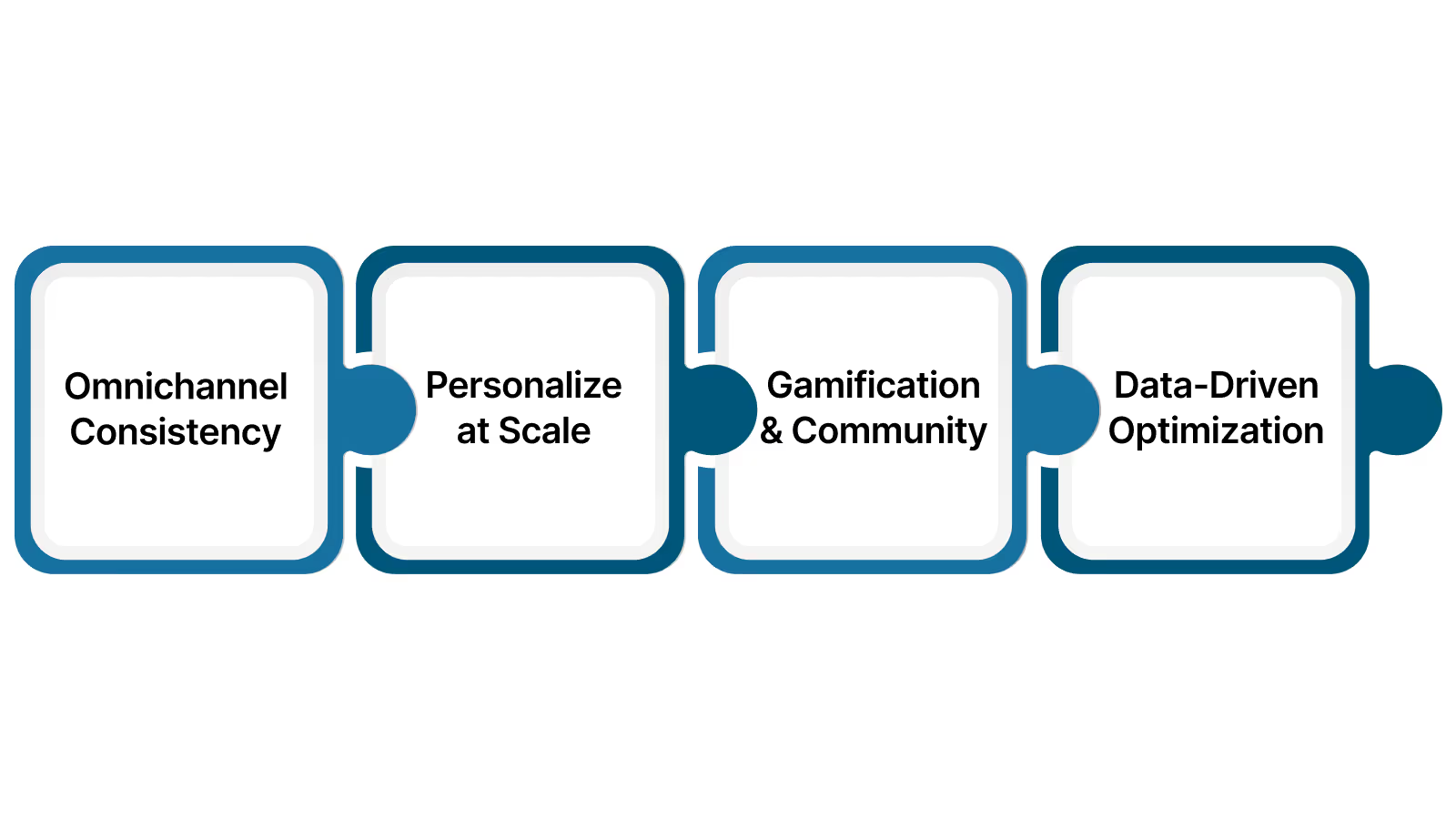
To keep your loyalty program competitive and customer-first in 2025, here are the top strategies Shopify merchants should focus on:
- Omnichannel consistency: Make sure your loyalty experience is seamless across your website, mobile app, and any in-person retail touchpoints. Shoppers should earn and redeem rewards no matter where they engage.
- Personalization at scale: Use data like birthdays, order history, and engagement behavior to deliver highly targeted offers. Loyalty platforms with AI tools can automate this without manual effort.
- Gamification & community: Boost engagement with challenges, milestones, badges, or invite-only member events. These emotional rewards foster a sense of belonging, not just savings.
- Data-driven optimization: Track program performance using KPIs like redemption rate, repeat purchase rate, and average order value. Segment your audience to fine-tune offers and scale what works.
In 2025, loyalty success comes from blending smart tech with human-centered brand experiences.
Also read: Using Gamification to Enhance Referral Programs
Tracking & ROI Measurement
A loyalty program is only as good as its results, and tracking the right metrics is key to proving its value and improving performance.
Key areas to monitor:
- Retention rate: See how many customers keep coming back over time.
- Customer lifetime value (CLTV): Measure the total revenue a customer generates throughout their relationship with your brand.
- Redemption rate: Track how often rewards are actually used; high rates signal strong engagement.
- A/B testing: Experiment with reward types, point thresholds, and tier perks to find what drives results.
- Tool integration: Use Shopify analytics and loyalty apps like Nector to visualize performance and uncover insights.
When you consistently track, test, and refine your loyalty strategy, you ensure your program stays effective and aligned with your business goals.
Common Pitfalls (and How to Avoid Them)
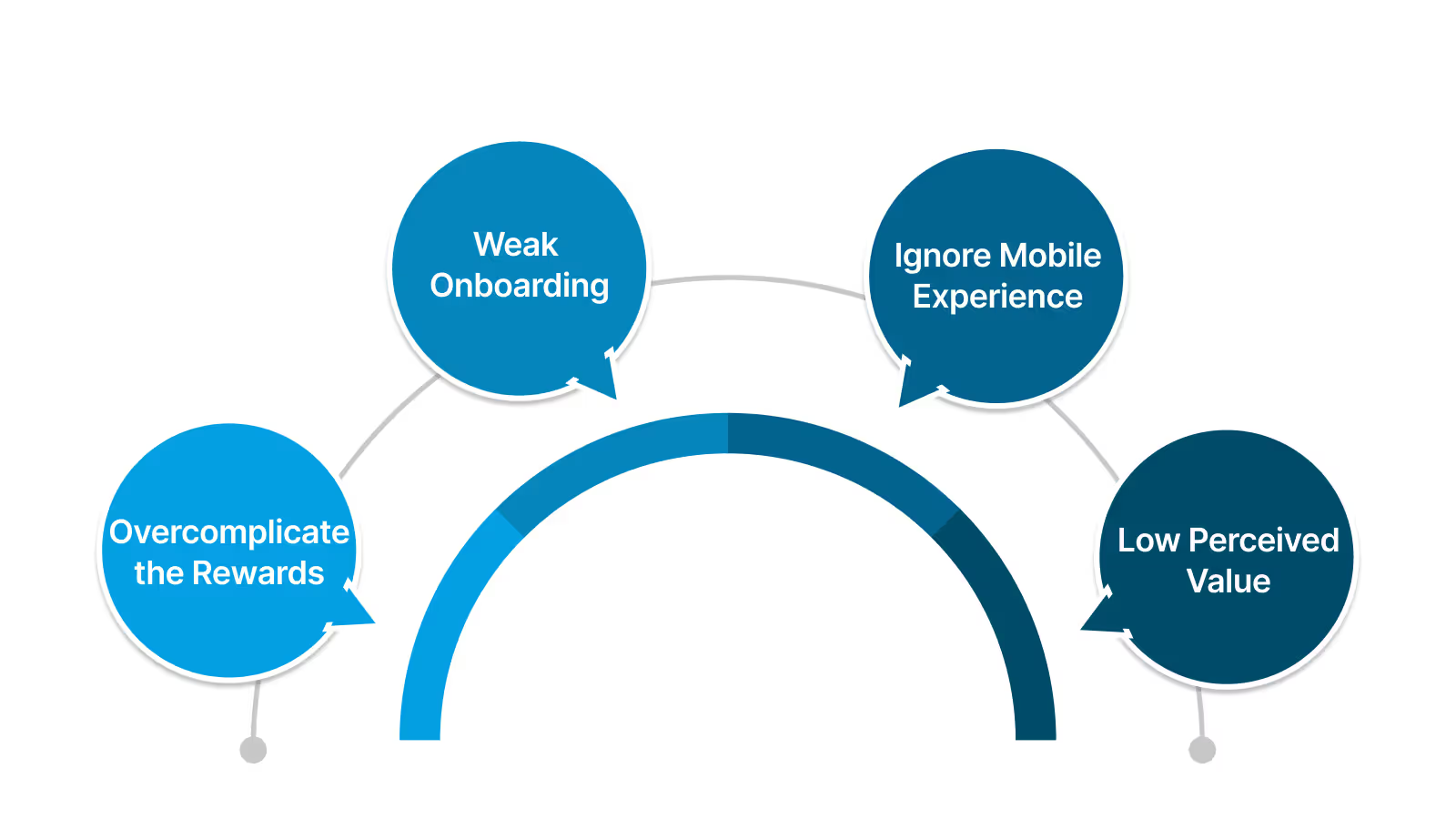
Even the best loyalty programs can fall flat if execution misses the mark. Avoid these common traps:
- Overcomplicating the rewards: Keep your point system and tiers simple and easy to understand.
- Weak onboarding or communication: Make sure customers know how the program works; use welcome emails, pop-ups, and FAQs.
- Ignoring mobile experience: Most users engage via mobile, so optimize your program for app and mobile web.
- Low perceived value: Ensure rewards feel meaningful and are worth the effort to earn.
With these strategies in place, you're ready to launch a loyalty program that drives meaningful results and keeps your customers coming back.
If you’re unsure where to start or want a solution that’s built to scale, consider partnering with Nector for the best results.
How Nector Helps You Launch a Powerful Loyalty Program
Nector makes it easy for Shopify merchants to turn one-time buyers into loyal, repeat customers with custom-designed loyalty programs. Our system rewards shoppers for every valuable action, including purchases, referrals, sign-ups, and more, using a gamified coin-based structure.
Customers can redeem coins for discounts, free shipping, or even free products, with seamless redemption at checkout. Tiers and limited-time campaigns add urgency and fun, while built-in nudges on product and cart pages drive engagement when it matters most.
The success of these loyalty programs is evident in the following case study:
Following a desire to strengthen retention and boost repeat purchases, a fast-growing wellness brand partnered with Nector in late 2023 to roll out a loyalty program that rewards customers at every touchpoint.
With our platform, they launched a dynamic system that offered cashback on purchases, bonus points for reviews and referrals, and real-time point visibility on product pages. Nector also helped power a dedicated landing page and automated communications across email and WhatsApp to keep customers informed and engaged.
In less than a year, the results were commendable:
- 320% increase in monthly orders
- 8.67% program participation rate within 5 months
- 32.5x return on investment
- 29.7% higher average order value among loyalty members
This success shows that a well-executed loyalty program, backed by the right tools, can be a game-changer for Shopify brands.

Final Thoughts
A successful loyalty program goes far beyond points and perks. By learning from proven examples, it’s easy to see that they need to create memorable, brand-aligned experiences that reward the right behaviors, build emotional connection, and encourage long-term customer retention.
If you’re ready to build a loyalty program that fits your brand and drives measurable results, Nector is here to help. With customizable rewards, smart automations, and deep Shopify integration, our platform makes it easy to launch and scale a loyalty strategy tailored to your goals.
Book a free demo today to see how Nector can power your store’s next stage of growth.
FAQs
What is a loyalty program?
A loyalty program is a rewards system that incentivizes repeat purchases and customer engagement. Customers earn points or perks for actions like shopping, referring friends, or leaving reviews, encouraging them to stay loyal to your brand.
What is the primary goal of a loyalty program?
The main goal is to increase customer retention and lifetime value by making it more rewarding for shoppers to keep buying from your store instead of switching to competitors.
What are the cons of a loyalty program?
Poorly designed programs can confuse users, add unnecessary costs, or deliver low perceived value. Without clear communication, personalization, and ease of use, they risk low adoption and limited ROI.
Are loyalty programs legal?
Yes, loyalty programs are legal in most countries, including the U.S., Canada, the UK, and India, provided they comply with consumer protection, data privacy, and advertising laws.
What is an example of a failed loyalty program?
One well-known example is Best Buy’s Reward Zone (discontinued in 2013). Despite a large membership base, the program struggled due to confusing point structures, low perceived value, and a lack of personalization. Customers didn’t feel motivated to engage, and the rewards didn’t meaningfully influence shopping behavior, leading to poor ROI and eventual shutdown.
Start Building Customer Retention That Lasts


.avif)

